Pic: House of the oldest grapevine in the world, in Maribor, Slovenia, is also the world’s oldest living grapevine. The grapevine is about 440 years old. Photo: Dudva / CC-BY-SA 3.0
Old vine in Italian
Meaning the vineyard was planted a long time ago.
English – Old Vine. French – Vielles Vignes. Spanish – Vigna Velle. Italian – Vigna Vecchie or Vecchie Vigna. Germen – Alte Reben
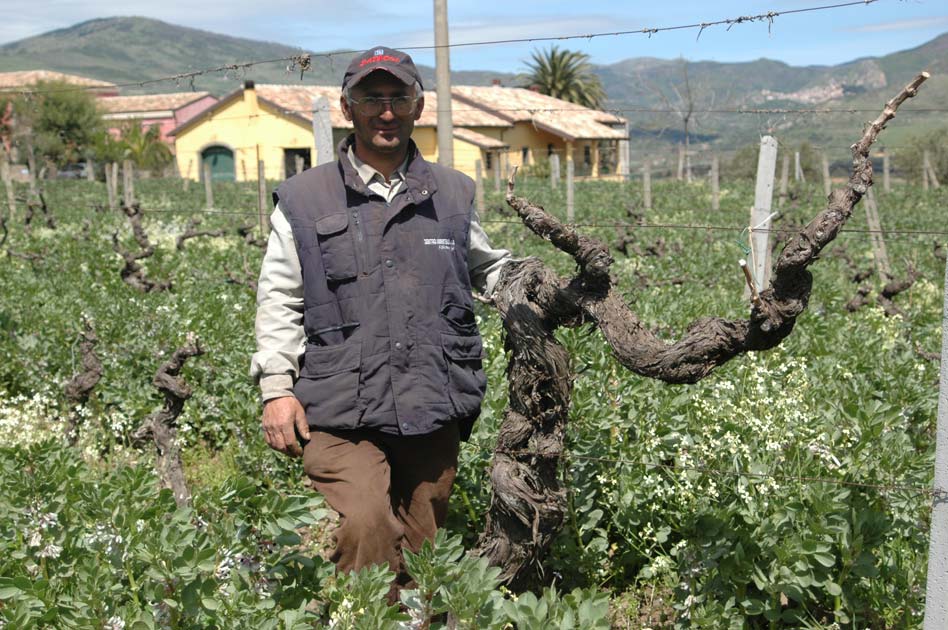
Why is this worth mentioning?
I’m glad you ask!
As a vine ages, the root system grows and trunk thickens. These parts of the vine hold the precursors of secondary metabolites. In plain English the flavours, aromas, and, tannins. This means the vines are able to produce more tasty goodness per unit of fruit as they age.
There are 4 groups of compounds in grapes that are worth considering:
- Sugars – That make the alcohol.
- Flavour & Aromas – That make it taste good.
- Phenolics & Tannins – That contribute to the texture.
- Acids – That provide balance to the wine and help preserve it.
Old vines tend to have a better balance between the amount of vegetal growth, leaves and shoots, and, fruit growth. This results in the fruit accumulating sugars, flavours, aromas, and, tannins more evenly.
Older vines also tend to yield a little lower, the vines have the old wood to produce more secondary metabolites, further pushing the balance toward even accumulation of all the important compounds that make for tasty wine.
Unlike the other 3 groups of compounds that accumulate as grapes ripen, acid is reduced as they ripen. Older vines that have low yields, not only ripen more evenly, they tend to ripen earlier.
This results in greater retention of natural acid giving the wines better natural balance.
When young wines are out of balance with high yields, too much vegetal growth, and, a small root system and trunk, the sugars can races ahead during ripening and you end up with fruit that will make wine of high alcohol with little flavour.
Carefully managed younger vineyards can bridge the age gap to a degree.
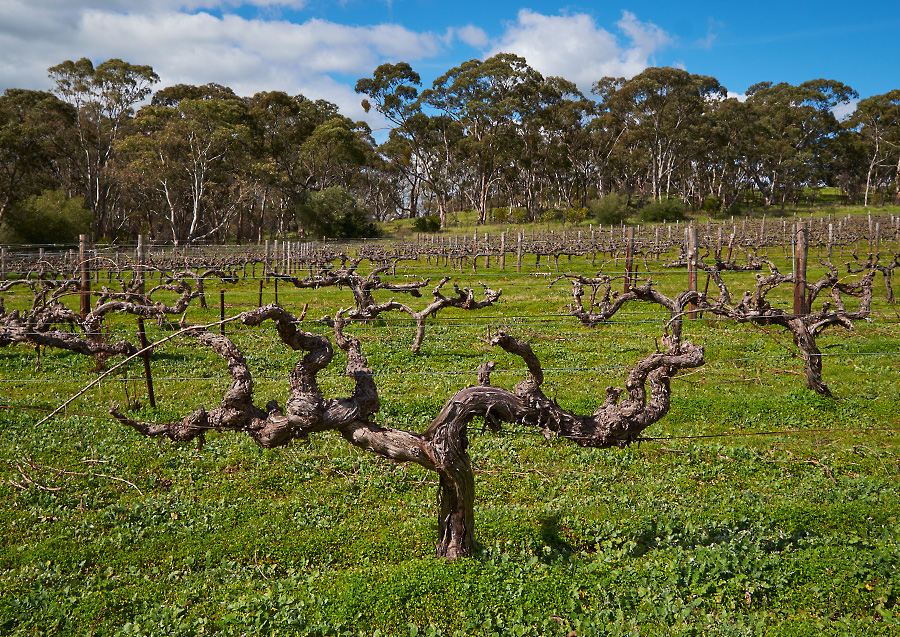
Looking at Wendouree’s old bush vines in the Clare Valley, Australia, I could help but think “If only you could talk”. It’s not often you see vines over 100 years old! Whilst the canes and spurs coming from the vines weren’t abundant, each that did was vital. Tony indicated yields that surprised. Yes low, but, not horrifically so. I forget the exact numbers.
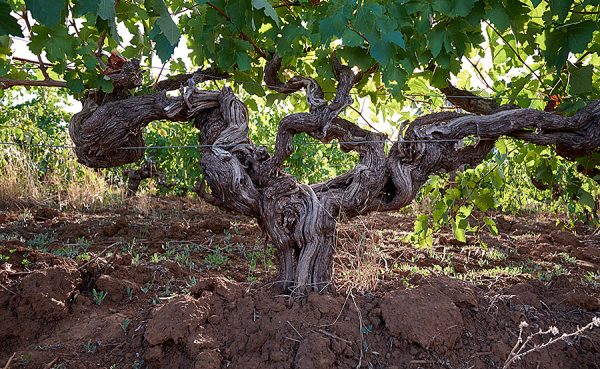
Old Vines Around the World
The age to qualify as old vine varies and is not really officially governed. The Barossa Grape & Wine Association as developed an Old Vine Charter with 4 categories starting at Old Vine, 35+ years and ending with Ancestor Vine 125+ years.
There are many regions around the world with 100+ year old vines.
The spread of phylloxera, the vine root aphid, killed off many old vines, with the pest being noted around the world in the late 1800’s. This has forced replanting on resistant rootstocks. In the late 20th century Australia has seen significant spread of phylloxera with the Yarra Valley in Victoria hard hit. Vines that were planted in the 1980’s and 1990’s, just approaching Old Vine status are now being replanted and the clock starts all over again!
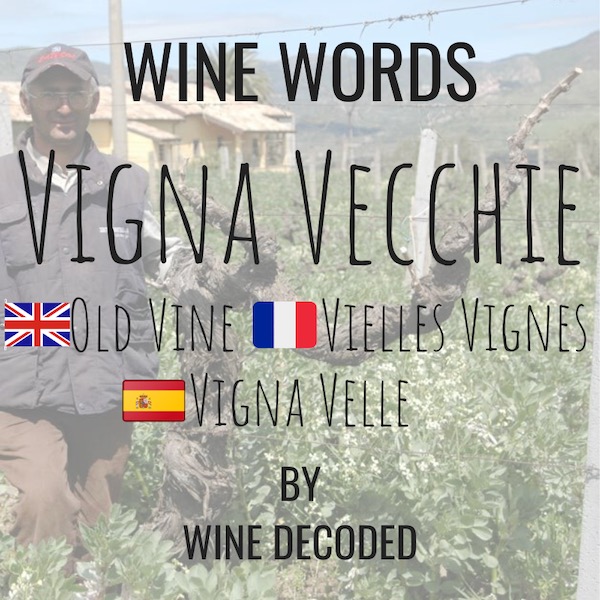
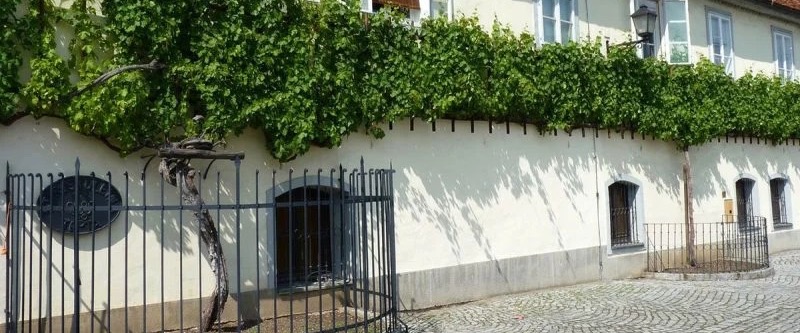

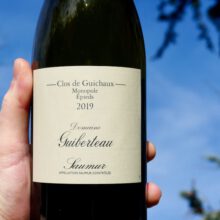
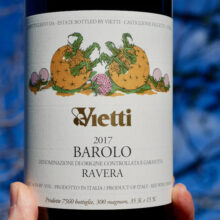
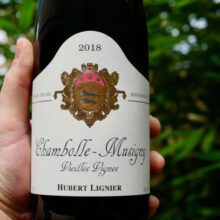
You must be logged in to post a comment.